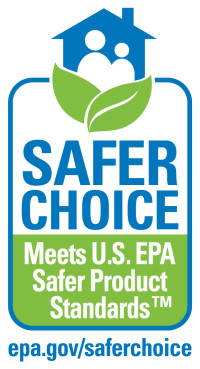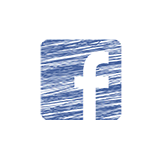Green Home Cleaning Campaign
Some 104 toxic chemicals course through the body of the average American.* Find out how you can reduce your risk from everyday consumer cleaning products.
Every day, more and more people are becoming increasingly aware of the toxic hazards that lurk around the home. There are a host of health and environmental dangers associated with a large number of the products we commonly use for cleaning.
The average household contains about 62 toxic chemicals, say environmental experts. We’re exposed to them routinely — from the phthalates in synthetic fragrances to the noxious fumes in oven cleaners. Ingredients in common household products have been linked to asthma, cancer, reproductive disorders, hormone disruption and neurotoxicity.
What can we do about the risks, both to protect personal health and the inevitable harm to streams, rivers and soil that we depend on? At Beyond Toxics, we are researching common household toxins and easy Do It Yourself alternatives that minimize harm to the environment and reduce risks to our health.
See an overview: Green Home Cleaning Handout - July2023 (small format PDF) by Alyssa Rueda
Common Household Sources of Toxics
(click on the links for more detail)
FEATURED DIY INFO
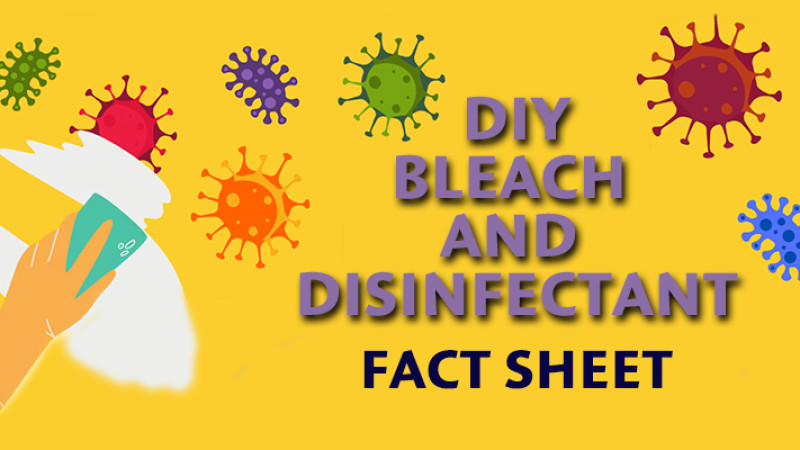
Bleach for Disinfecting
Misapplied bleach or the mixing of bleach with other chemicals can be harmful or even lethal. (2) A 2010 pediatric study found that--in a 16-year period--there were nearly 270,000 US children, under the age of five, were injured by household cleaners. Bleach was the leading source of injury amongst these children and usually through ingestion.
According to Planet Ark (3), the instability of the chlorine in bleach, which makes it a strong disinfectant, is the exact reason why bleach is dangerous when it enters the outside environment. While individual consumers may use small amounts of bleach at a time, it is the mass production of bleach and large-scale industrial uses of bleach that harm the environment. In waterways, bleach can form dioxins (a known carcinogen), which seriously harms aquatic life, wildlife and humans. (2) Ozone depletion is a long-term atmospheric consequence that is associated with the production and use of bleach. While individuals use small amounts in the home, the purchase of these products supports the destructive industrial process.
Learn more about the dangers of bleach and what alternatives you can make yourself!
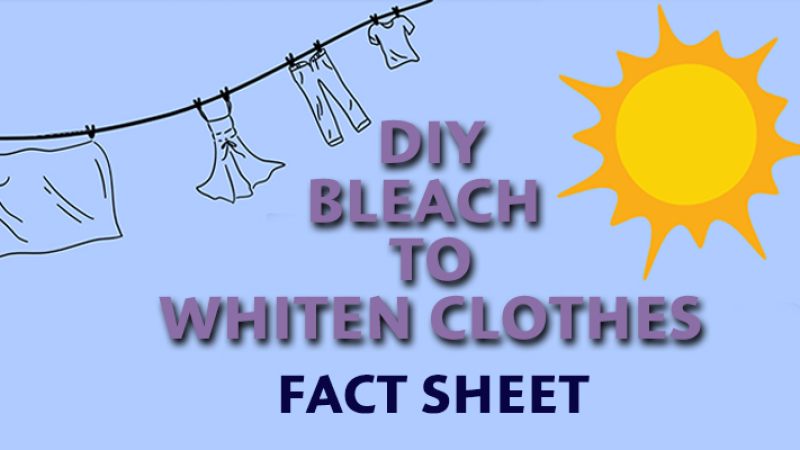
Using Bleach to Whiten Clothing
Using bleach causes eye irritation, irritation of the mouth and throat, but is fairly benign when ingested. An especially dangerous risk associated with bleach happens if bleach is mixed with other household cleaners. This is especially true for toilet bowl cleaners and ammonia. The mixture of these cleaners result in the release of chlorine gas which is an asphyxiant. When chlorine gas comes in contact with the moist tissues of the eyes or lungs, hydrochloric acid (HCl) results. This acid can damage airway tissues, lead to asphyxiation, and can result in death.
Bleach toxicity is a preventable injury. Follow these steps to prevent injury from bleach:
* Never mix bleach with other cleaners
* Always wear protective gloves, goggles, and long-sleeves when using bleach
* Use only in well ventilated areas with plenty of fresh air
* Keep children and pets away from treated site for 8-12 hours
* Store Bleach in well-ventilated areas and away from children and pets
Learn more about the dangers of bleach and what alternatives you can make yourself!
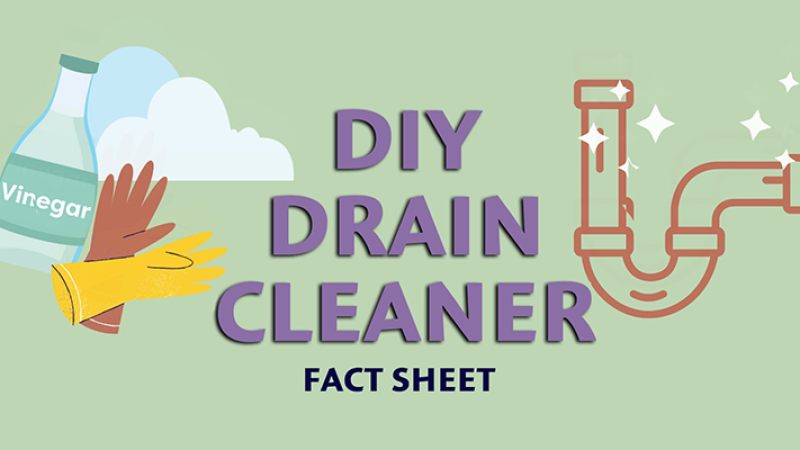
Drain Cleaner
Chemical drain cleaners contain very powerful chemicals that may cause harm to one's body, the environment and even drain pipes. Some common drain cleaner ingredients include: hydrochloric acid and sulphuric acid which are both highly corrosive to metal and harmful to the human body. Other common ingredients include bleach and lye, which are harmful to the skin and body tissue. Drain cleaners have an extremely high pH reading and acid-based chemicals have very low pH readings. Chemicals with pH at far ends of the scale are very intense and can cause increasing damage to your body with increased exposure and are especially dangerous to children.
Drains lead right into the natural world. Before they reach treatment facilities, they have the potential to reach and contaminate groundwater nd eventually enter waterways where fish and wetland organisms are vulnerable.
Learn more about the alternatives to drain cleaners you can make yourself!
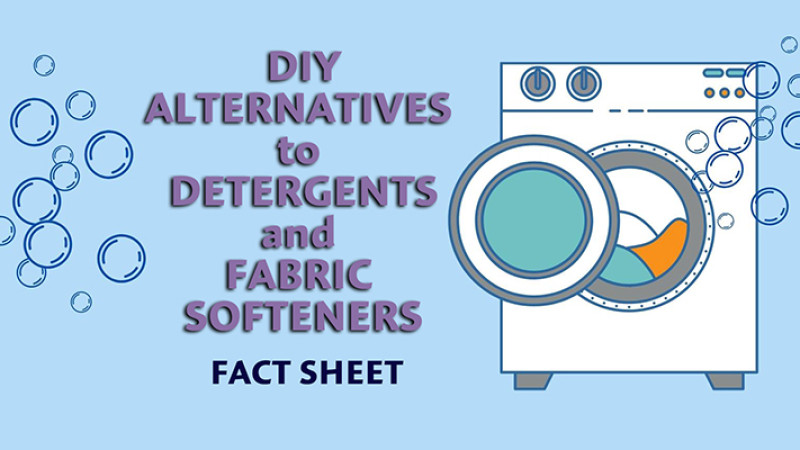
Alternatives to Detergents and Fabric Softeners
Fabric softeners are used to leave clothing smelling good and feel soft. To accomplish this, the softener product coats our clothes in a waxy substance that makes clothes smell good right out of the dryer. The coating on the fibers also deposits a layer of electrically-charged chemical compounds to make the fibers fluff up and feel softer. This is also what causes static cling.
While fabric softener makes clothes smell good right out the dryer, but that same waxy substance can lead to foul smells over time. The same waxy substance from the softener also clogs your washing machine via a negative feedback loop. The softener builds up in the drain lines and slows down the drain time of the washing machine, thus leading to more build-up of grime. The addition of fabric softener inevitably shortens the lifespan of your washing machine.
Learn more about the alternatives to detergents and fabric softeners
About Safer Choice
Finding cleaning and other products that are safer for you, your family, and the environment should be easy — that's why The U.S. Environmental Protection Agency (EPA) developed the Safer Choice label. Everyone plays a role in protecting our families’ health and the environment. Products with the Safer Choice label help consumers and commercial buyers identify products with safer chemical ingredients, without sacrificing quality or performance.
About 1,900 products currently qualify to carry the Safer Choice label. Safer Choice-certified products are available for use in homes and in facilities like schools, hotels, offices, and sports venues.
MORE Fact Sheets:
